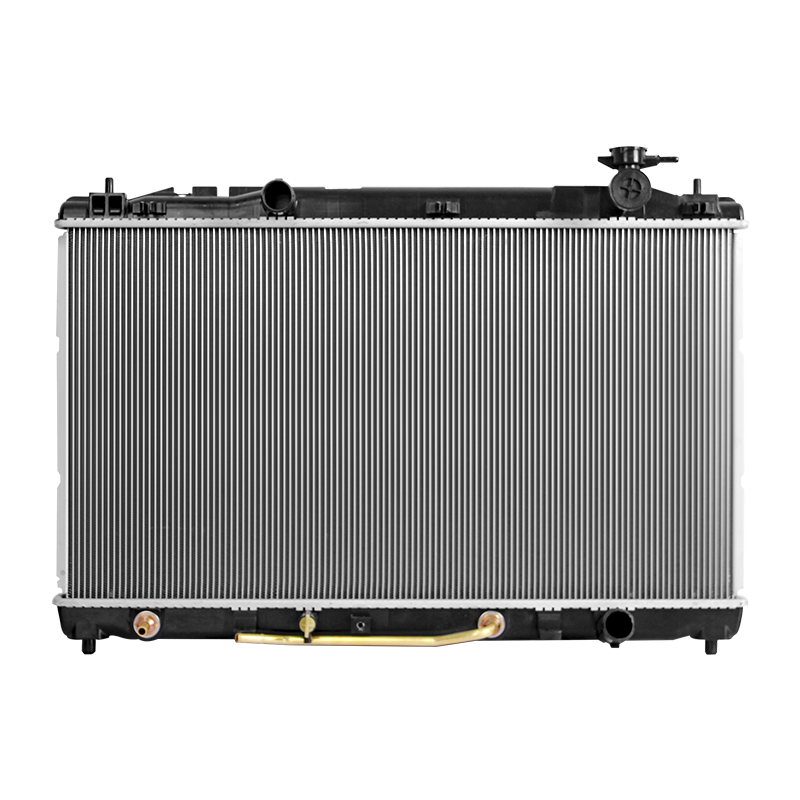2025-07-22
In modern vehicles, comfort and performance go hand in hand. A critical component that ensures comfort inside the car is the HVAC system—short for Heating, Ventilation, and Air Conditioning. Within this system, one essential but often overlooked part is the HVAC auto radiator, also known as the heater core or HVAC condenser coil, depending on the function. But what exactly does this component do, and why is it so important?
Understanding the HVAC Auto Radiator
The term “HVAC auto radiator” generally refers to components inside a vehicle’s HVAC system that manage heat exchange. These include:
What Does the HVAC Radiator (Heater Core) Do?
The HVAC radiator is responsible for transferring heat from the engine’s coolant to the air that blows into the passenger cabin when the heater is turned on.
Here’s how it works
Key Functions of an HVAC Auto Radiator
| Function | Description |
| Cabin Heating | Provides warm air to heat the vehicle interior during cold weather |
| Defrosting | Helps clear the windshield and side windows by blowing warm, dry air |
| Temperature Regulation | Works with thermostat and sensors to balance cabin comfort and engine heat load |
| Heat Transfer Efficiency | Aids in distributing engine heat away from the system to prevent overheating |
Why Is It Important?
While it may seem like a luxury feature, the HVAC radiator plays an important role in both comfort and safety:
Comfort: In cold climates, it provides essential warmth for the driver and passengers.
Visibility: It ensures effective windshield defogging and defrosting.
Engine Health: In some systems, the heater core serves as a secondary path for coolant flow, which can slightly aid in cooling the engine during heavy use.
Signs of a Failing HVAC Radiator
Like any part, the HVAC auto radiator can wear out or fail. Common symptoms include:
HVAC Auto Radiator vs Engine Radiator: What’s the Difference?
| Feature | HVAC Radiator (Heater Core) | Engine Radiator |
| Location | Inside the dashboard | Front of the engine compartment |
| Function | Heats cabin air | Cools engine coolant |
| Fluid Used | Engine coolant | Engine coolant |
| Size | Smaller, narrow | Larger, wide |
| Importance | Cabin comfort and safety | Engine temperature regulation |
Should You Replace a Faulty HVAC Radiator?
Yes—if the heater core fails, you’ll lose cabin heat and may deal with foggy windows, leaks, or even engine overheating in some designs. While the part itself may not be very expensive ($50–$200), labor costs are often high because the dashboard usually has to be removed for access. Total repair costs can range from $500 to $1,000 or more.
Still, replacement is strongly recommended for safety and comfort—especially in colder regions.
Maintenance Tips
To prolong the life of your HVAC radiator:
The HVAC auto radiator—primarily the heater core—is an essential part of your vehicle’s climate control and safety system. It keeps the interior warm in winter, ensures windshield visibility, and contributes to engine heat balance. While it may not be as well-known as the engine radiator, its failure can cause serious discomfort and safety concerns.
If your car’s heater isn’t performing well or you notice coolant odors or leaks, don’t ignore it. A functional HVAC radiator means a warmer, safer, and more comfortable driving experience—especially when the weather turns cold.
